May 2, 2023 - Tedd Tramaloni, Customer News
Finding the Perfect Production Switcher Size
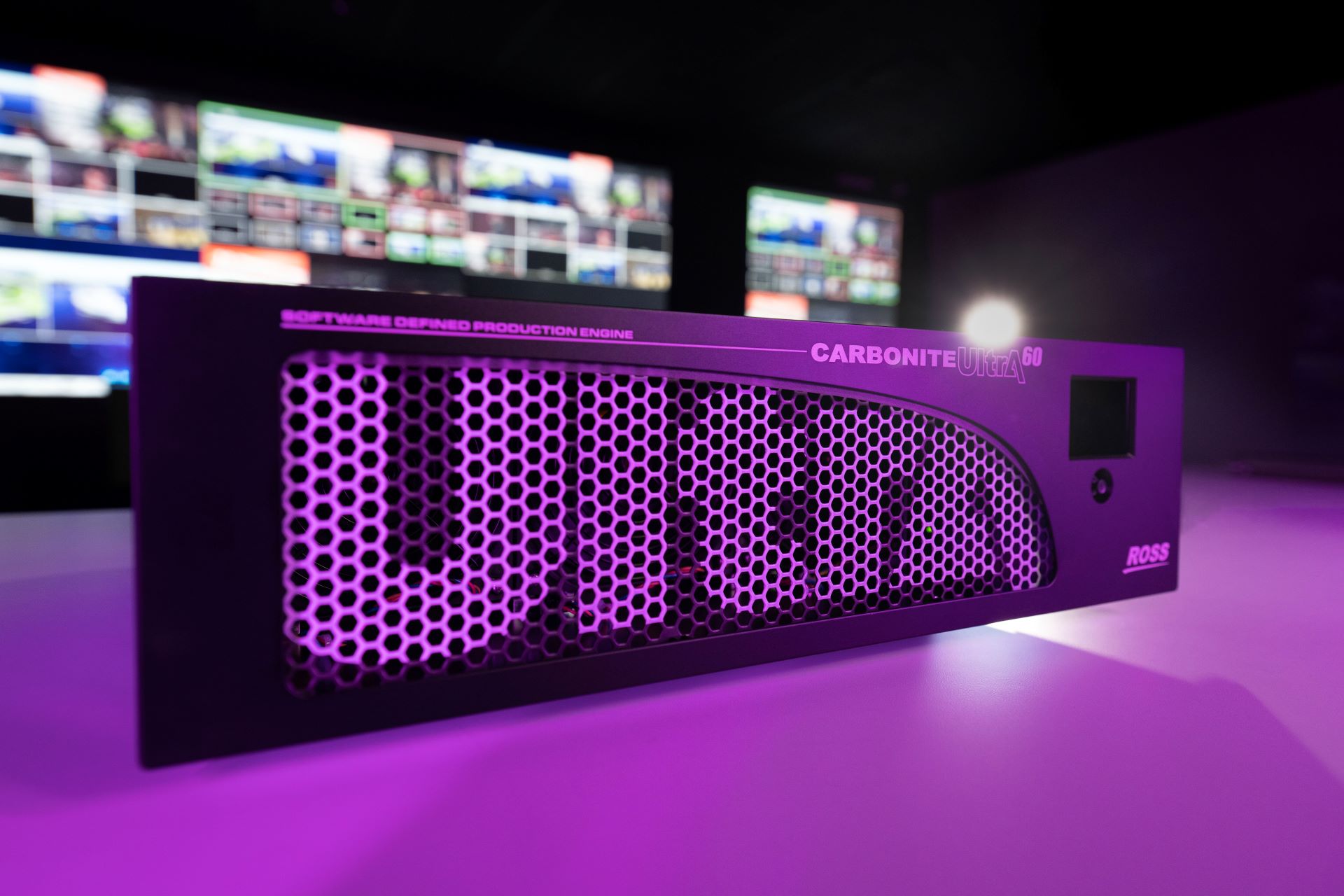

Introducing Carbonite Ultra 60
As live production professionals continue to push the limits on their productions, it’s essential to have a dependable and efficient production switcher at the center of your workflow. However, with so many available options today, selecting the right switcher size to fit your specific needs can be daunting. Choosing a switcher that is too small may result in limited functionality and a lack of necessary features while selecting one that is too large can be expensive and cumbersome. Much like the popular children’s tale, Goldilocks and the Three Bears, this blog post will explore the question of what’s “just right” when it comes to production switcher size?”
Before we dive into that question, let’s be clear: “size” refers to the number of inputs and M/E banks, not the physical frame dimensions or the number of buttons on the control surface; operators rarely care about frame size and almost always want more buttons. So for inputs and M/Es, how “big” is “big enough?” While there are any number of factors that go into answering that question, here are just a few of the more obvious ones:
What’s the Budget
Given these and all the other variables that may be considered, it might seem that there is no perfect size but in fact, our market research indicates that a switcher with around 36 inputs and two or three M/Es often provides the best balance of size, cost, and power; in short, a switcher in that range is “just right.”
Bigger Faster and More Powerful
When the Carbonite Development team was tasked with inventing “The Next Big Thing,” the number of inputs and M/E banks were certainly important considerations. Based on customer feedback, they knew that although Carbonite Ultra provides enormous capability in a very small 1RU package, it sometimes simply isn’t big enough. So…
More Inputs: ✓ They also wanted to leverage the latest advances in hardware technology to produce a switcher that would provide powerful effects capability:
Powerful CPU & GPU: ✓ And they wanted a switcher that provided a cost-effective upgrade path to keep pace with increased production demands:
Expandable I/O: ✓ The result of their efforts is Carbonite Ultra 60, the latest iteration in the legendary Ross Carbonite switcher series.
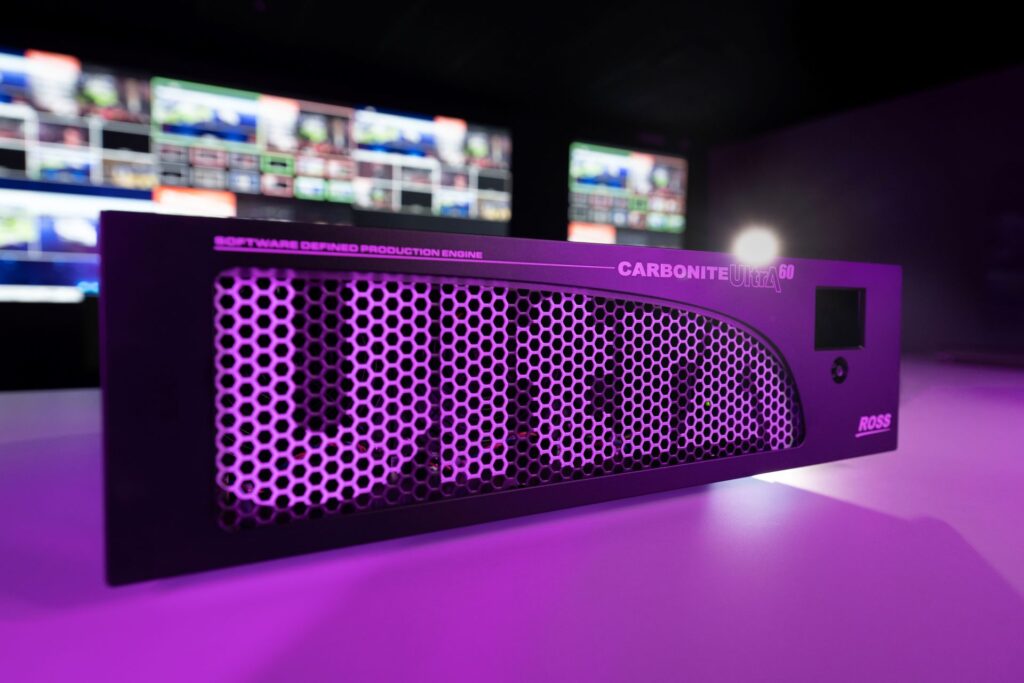
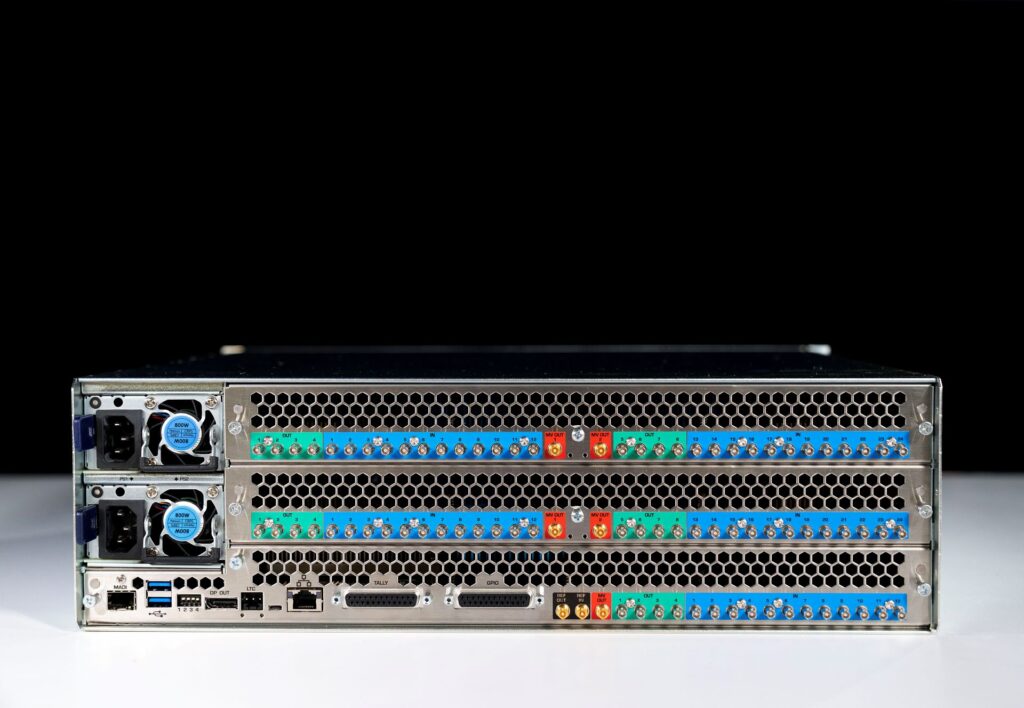
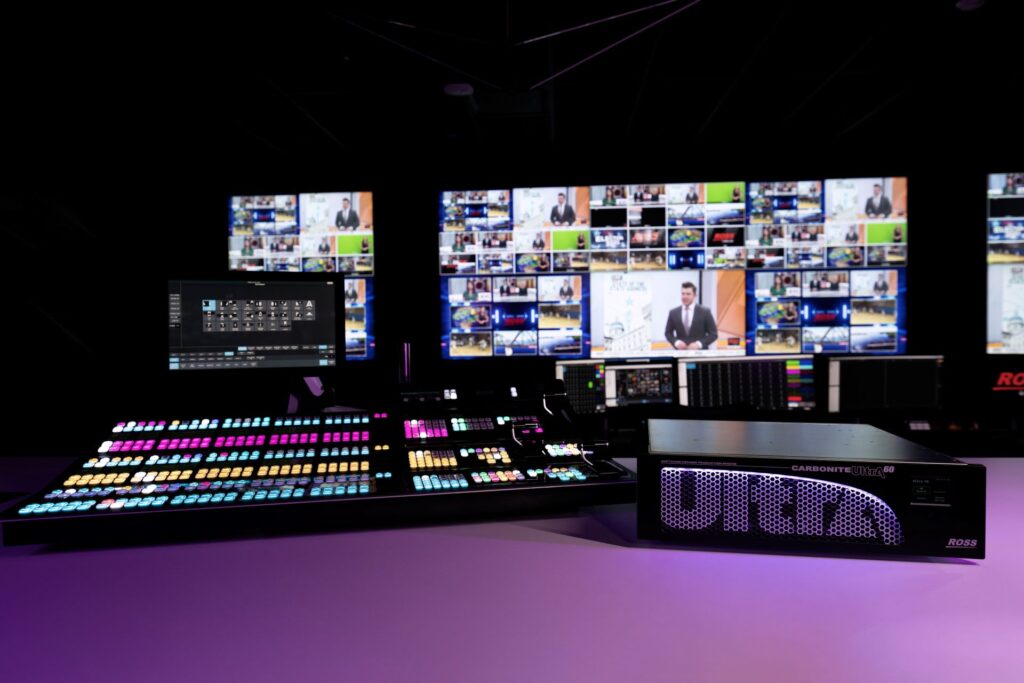
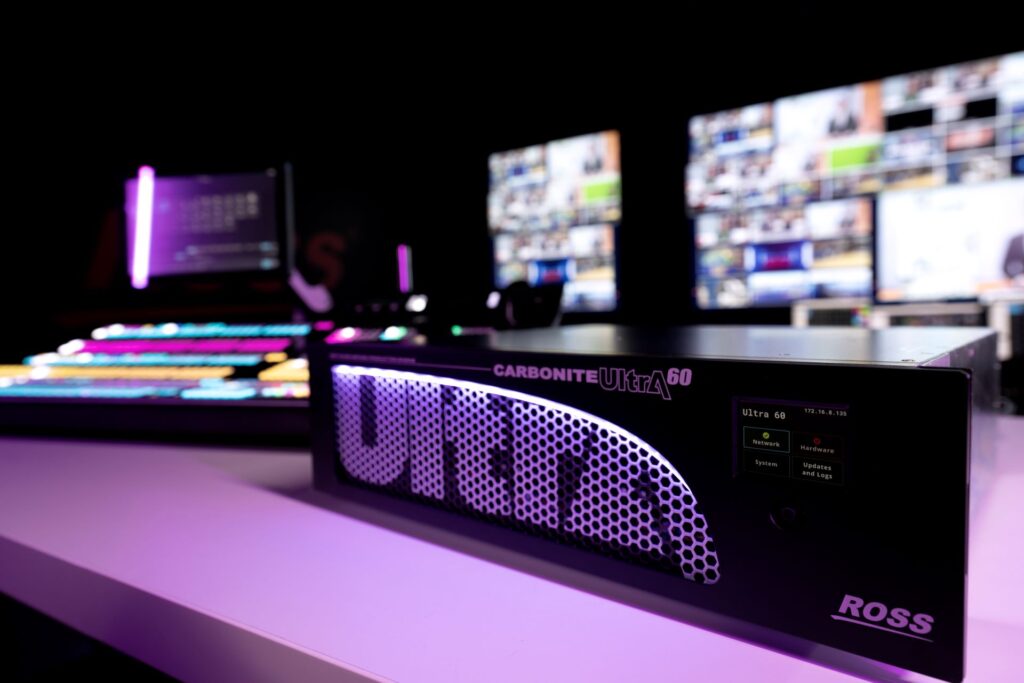
Although Ultra 60 can trace its pedigree back to Carbonite Ultra, it represents a departure from its older cousin in many ways. For one thing, it offers the largest input matrix of any Carbonite we’ve ever produced – up to 60 inputs in HD or UHD. It also features internal power supplies instead of power “bricks” which can make for a cleaner installation. And perhaps most importantly, Ultra 60 is the first modular Carbonite frame we’ve ever manufactured. Think expansion; as in “start smaller and grow as needed.” In fact, the 36-input/15-output version may hit the “sweet spot” for many facilities; big enough to meet current demand while still providing a means to add more ins and outs down the road.
But despite the differences, under it all, Ultra 60 is still a Carbonite. Transition Keyers, MiniMEs, MediaStores, Custom Controls, UltraScene, and DashBoard integration are all still part of the package so operators coming from other Carbonites won’t miss a beat. In fact, they won’t even have to learn a new control surface since legacy Black and the newer TouchDrive panels are all compatible. They can even load Settings files from Graphite, Carbonite Ultra or Carbonite Black onto Ultra 60 and not have to rebuild Source Name tables, Button Maps and all the rest. (Figuring out what to do with all the time that saves is up to them…)
When it was introduced over a decade ago, Carbonite created a whole new class of powerful, affordable, and operationally simple production switchers that redefined the notion of “mid-size.” Carbonite Ultra 60 continues that tradition while providing a larger and more powerful platform that for many facilities will be “just right.”
About Tedd Tramaloni
Before joining Ross Video in 2014, Tedd held a variety of positions at call-letter stations and with broadcast equipment manufacturers. He also freelanced for over twenty years as a TD and Replay Operator. You can connect with him on LinkedIn or at tedd.tramaloni@rossvideo.com.
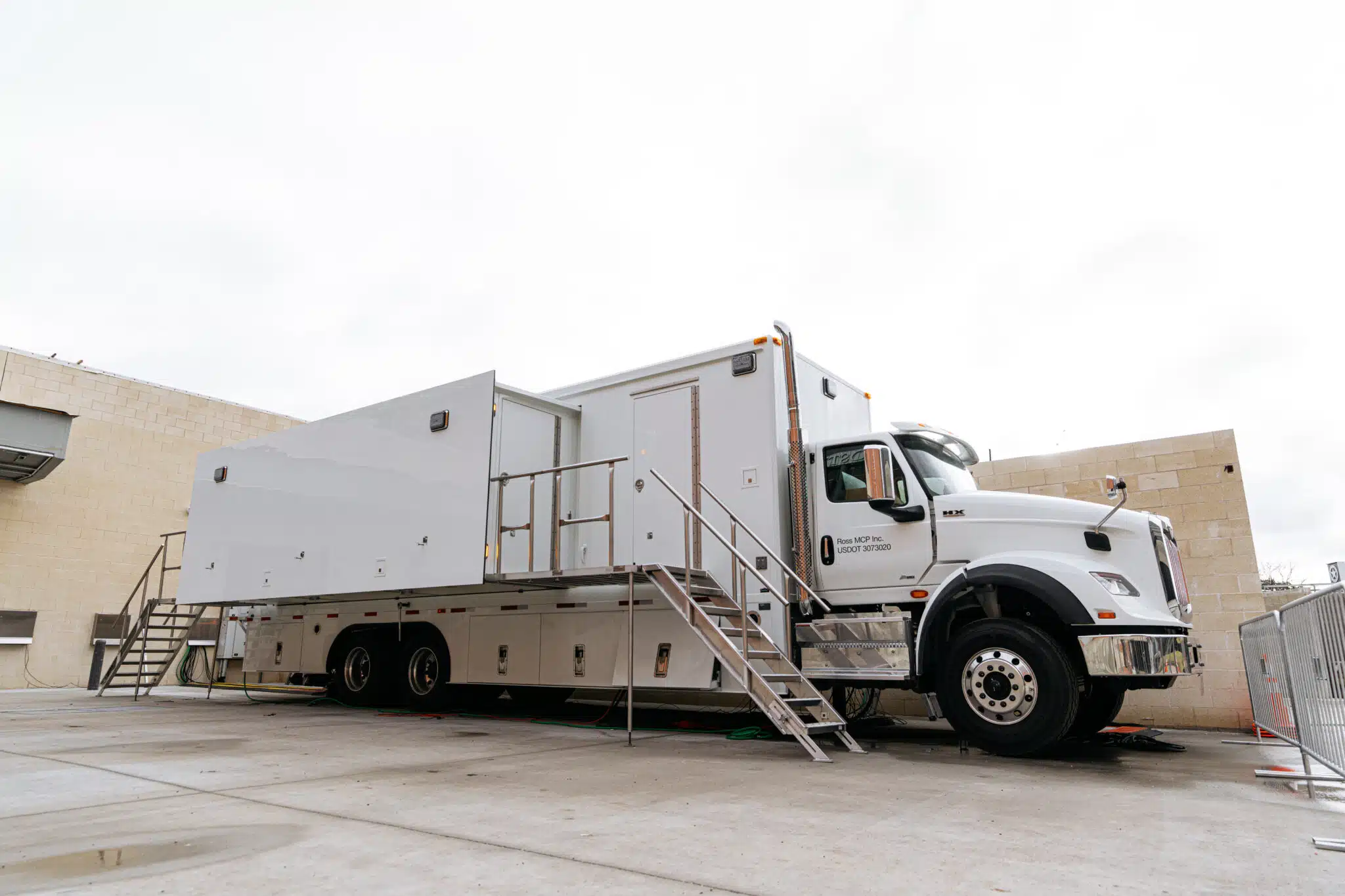
In today’s fast-paced broadcast landscape, OB vans are under more pressure than ever before. From the rise of UHD and HDR to the growing need to accommodate …
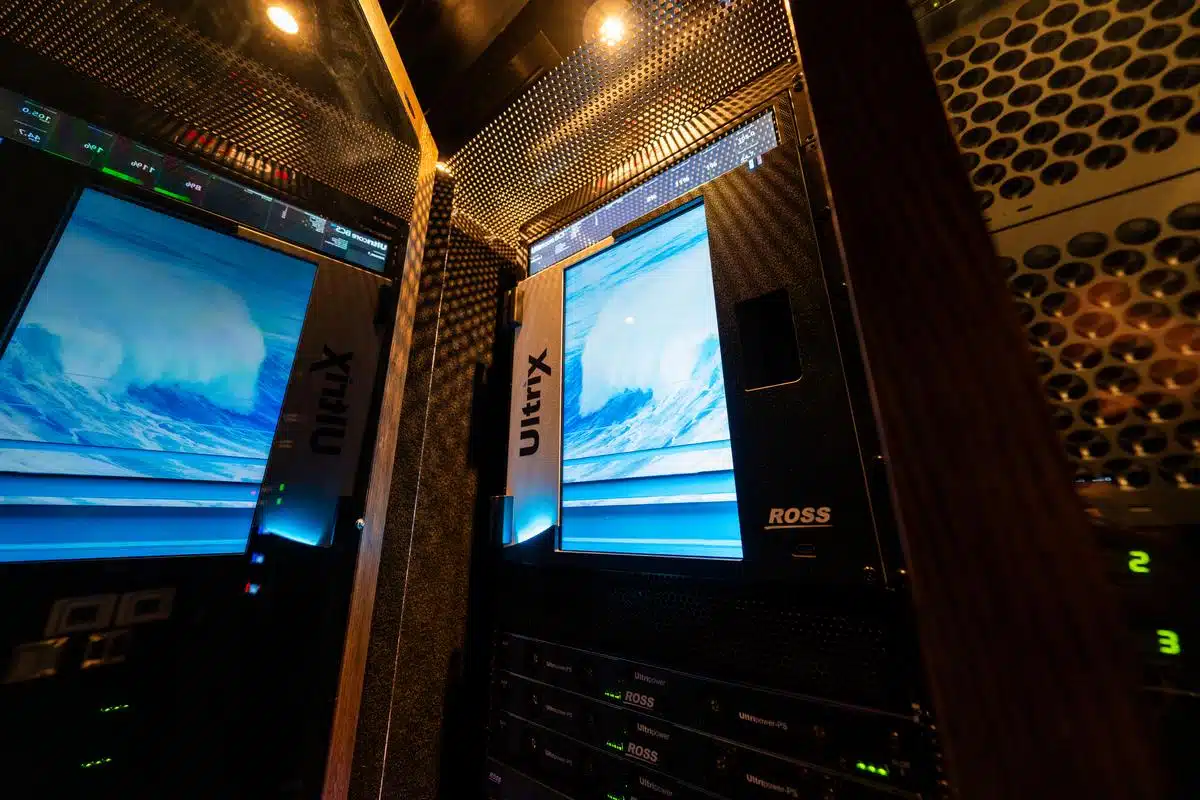
As outside broadcast (OB) productions grow increasingly complex, broadcasters face a multitude of challenges. From handling diverse production formats like HDR vs. SDR and HD vs. UHD …

Behind the scenes this year, Fox News used some ground-breaking technology to wow viewers without them even knowing it was there. Traditionally, election night graphics have been …
We’ll put you in touch with a member of our team to discuss your specific needs.